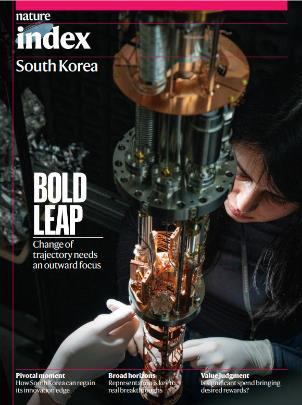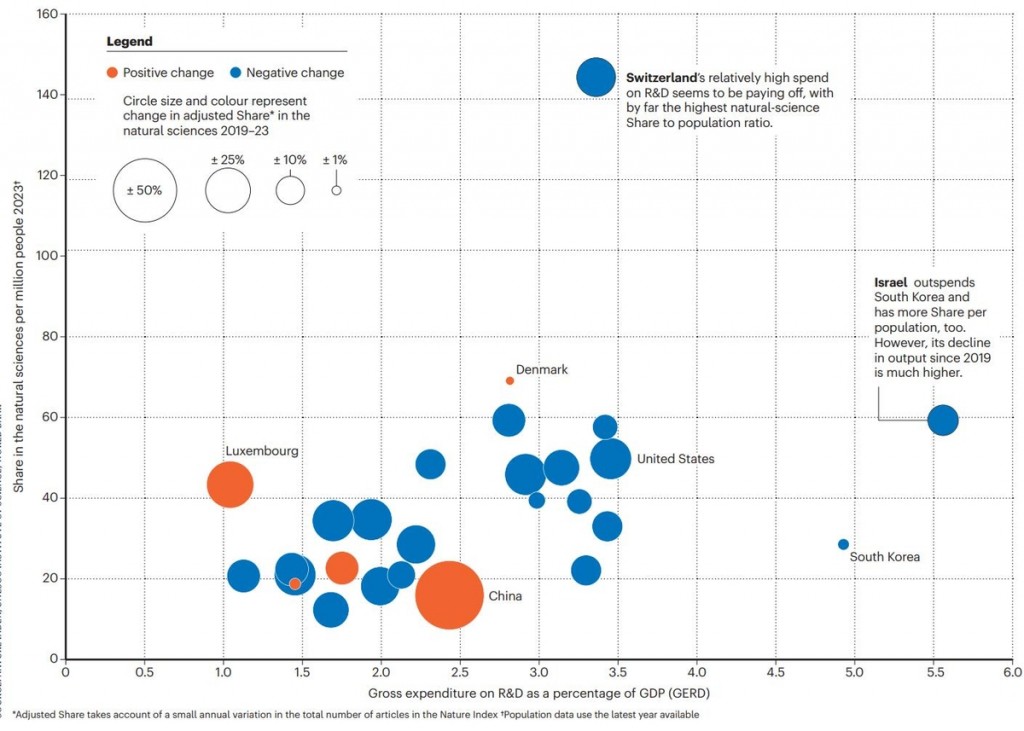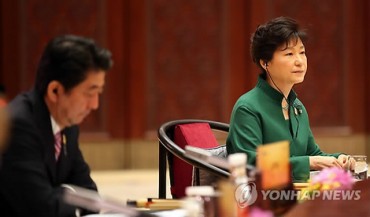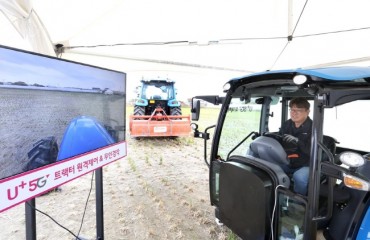
The image of a special edition of its Nature Index focused on South Korea (Image courtesy of Springer Nature)
SEOUL, Aug. 22 (Korea Bizwire) –South Korea’s substantial investment in research and development (R&D) is yielding less-than-expected returns, according to a new analysis.
The country’s scientific standing may be at risk due to a declining student population, gender imbalances in research staff, and cultural factors that hinder diversity, a special report from the prestigious Nature Index suggests.
On August 21, Nature, a leading global publishing group, released a special edition of its Nature Index focused on South Korea, evaluating the competitiveness of research institutions worldwide.
The report acknowledges South Korea’s strong commitment to science, noting that the country boasts the highest number of researchers per capita and allocates significant funds to R&D.
However, when comparing research output as measured by the Nature Index to R&D expenditure, South Korea’s performance lags behind other nations in terms of return on investment.
Nature Index’s analysis, which calculated the proportion of top-tier natural science papers with South Korean authors and adjusted for population, revealed that despite investing nearly 5% of its GDP in R&D, South Korea’s score of around 30 on this metric places it in the lower ranks among major countries.
For comparison, Israel, which invests the highest proportion at 5.5% of GDP in R&D, scored about 60, while Switzerland topped the chart.
The report identifies several key challenges facing South Korea, including population decline, gender disparity, maintaining its status as a hub for research innovation, and weakening links between industry and academia.
These weaknesses, Nature suggests, could present opportunities to reignite South Korea’s innovative potential. Addressing the career interruption issues faced by women, who make up only 23% of the research workforce, could be one way for the country to establish itself as a global leader in science.
The report also highlights that Korean researchers are seeking collaborations beyond traditional partners like the United States and China. Nature recommends improving conditions that deter long-term stays of foreign researchers, such as language barriers and cultural differences.
“While South Korea’s strong investment in science and reputation for technological innovation are impressive, there’s a need to address the discrepancy between spending and outcomes.
By fostering more diverse international partnerships and empowering women in research fields, South Korea can maximize the potential of its scientific community and solidify its position as a global science leader,” noted Nature Senior Editor Bec Crew.
The special issue also features insights from South Korea’s emerging researchers about the country’s research landscape and lists the top 50 research institutions in South Korea based on the 2023 Nature Index.
In the rankings, Seoul National University claimed the top spot, followed by the Korea Advanced Institute of Science and Technology (KAIST), Yonsei University, Sungkyunkwan University, and Pohang University of Science and Technology.
M. H. Lee (mhlee@koreabizwire.com)







